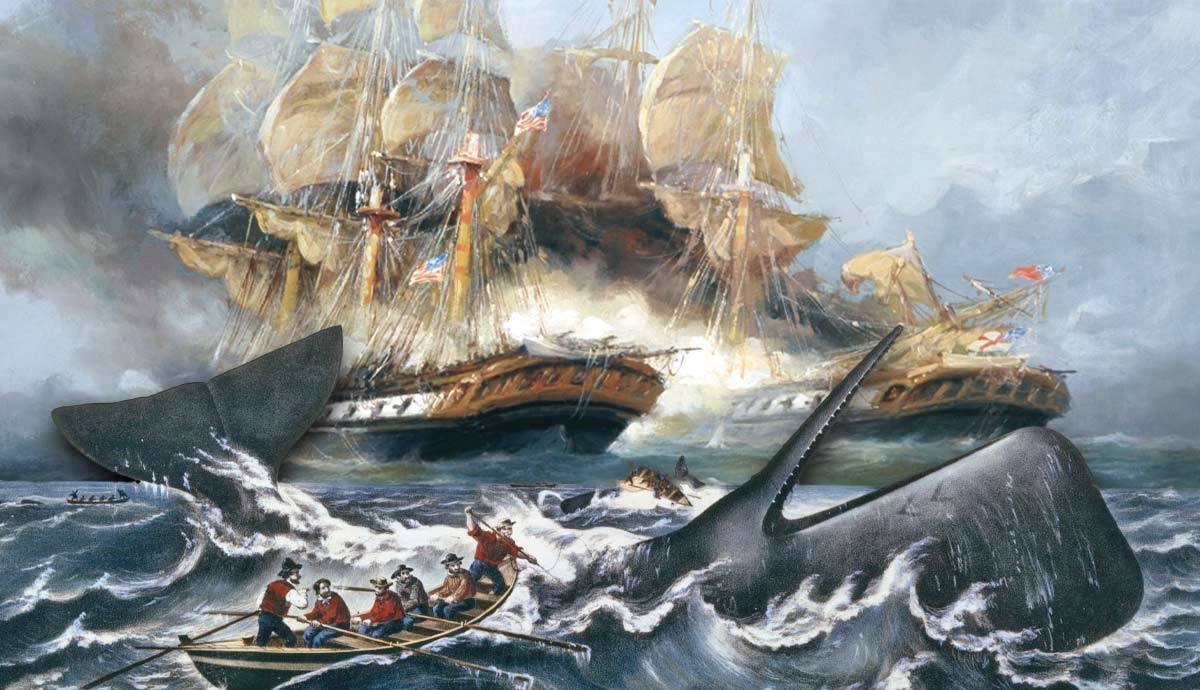
Visiting the Galapagos Islands is a once in a lifetime, bucket list adventure for many travelers. The island group of the coast of Ecuador is renowned for its biodiversity as well as its significance to Charles Darwin’s theory of Evolution. Inspired by the subtle differences he observed between species on each island, Darwin theorized that the unique challenges of different landscapes led to changes in the development of the creatures he encountered. Such creatures have continued to enchant visitors ever since. But the environment is protected and carefully conserved making a tourist trip a challenging, but highly rewarding experience.
Each Island Is Unique

With almost 20 unique islands and islets making up the archipelago, it ca be difficult to know where to begin when planning a trip. 7 of the islands are protected and preserved for the native wildlife; however, that leaves 13 still to explore. When planning a trip, research exactly what you’d like to experience as each island is very different. For example, the iconic giant tortoises can be seen up close at the Charles Darwin Research Centre in Santa Cruz (Hyperlink to be created – Lonesome George link to my other Galapagos article. If you’re more interested in witnessing the huge colonies of seals then the islands of Isabela and Fernandina would be best to see them relaxing on the rocky outcrops in their hundreds. Isabela island also boasts the island’s highest peak: Wolf Peak (1707m) – one of several volcanoes strewn through the island group.
The Habitat Is Closely Monitored and Protected

While you may be daydreaming about swimming with sharks or sailing past sea turtles, a serious amount of planning is needed to fully enjoy your trip. This is mainly due to how well protected the islands are. The Galapagos Islands became a designated UNESCO World Heritage Site in 1978, with the definition being expanded to include its 27000sq km ocean marine reserve in 2001 (second only in size to the Great Barrier Reef). With such a prestigious status comes close control. Park permits are needed to access most areas and several sites are only accessible with a licensed guide.
Choose Between a Land or Boat Based Trip

Being a diverse island group, the Galapagos offers a myriad of options for potential tourists. Almost too many options – where to begin!? The best starting place is to decide between whether to take a land or boat based trip. Land based trips offer visitors the opportunity to have more flexibility and time as staying on land past sunset means you can relax and get to know the local neighborhoods. Plus, several wildlife species become more active after dark including birds and bats. However, a boat based trip may suit you if you’re looking to get close to some of the more remote islets such as Bartolome Island, home to a colony of Galapagos Penguins. A boat based trip is also a more agile option to allow your guide to react more quickly to reported whale and dolphin sightings, as well as the obvious choice for those interested in SCUBA diving.
Give Wildlife Plenty of Space

The wildlife is the star attraction of visiting the Galapagos Islands. The creatures of the island are renowned for a natural curiosity and a surprising lack of concern for the human visitors. In addition to this, the islands animals have free reign over the territory, outnumbering the human inhabitants (only 30,000 people live on the Galapagos Islands). So it can be hard to avoid close encounters with a seal, iguana or blue footed booby. However, the general rule is to give all creatures at least 2m space and not to pursue any who are moving away from you. This applies even in the sea where you may be lucky enough to find yourself swimming alongside sharks, turtles and rays.
The Sun Is Strong; Come Prepared

The landscape of the Galapagos Islands is one of extremes. Active volcanoes, sheltered bays and mangroves, lagoons filled with flamingoes. It’s easy to get lost exploring and spend the entire day outdoors. To do so safely, you must come prepared. Situated on the equator, the Galapagos experiences average temperatures of around 30 C all year round. And the sun’s rays are extremely powerful even on a cloudy day. Little wonder that the sun was a fundamental feature in Incan temples in Ecuador.
It Is Like Nowhere Else on Earth

In his 2006 series, David Attenborough described the Galapagos as ‘The Islands that Changed the World.’ Visiting the place, it is hard to disagree. The abundance of flora and fauna is unparalleled and what makes it particularly special is how close visitors can come to real wild life encounters. Partly due to the absence of large predators, the wildlife dominates the land with confidence. Whether kayaking amongst the shark nurseries or trailing after hermit crabs on a beach, the Galapagos Islands offer a richly rewarding wildlife lovers experience with the opportunity to spot almost 30 species that cannot be found anywhere else in the world.










